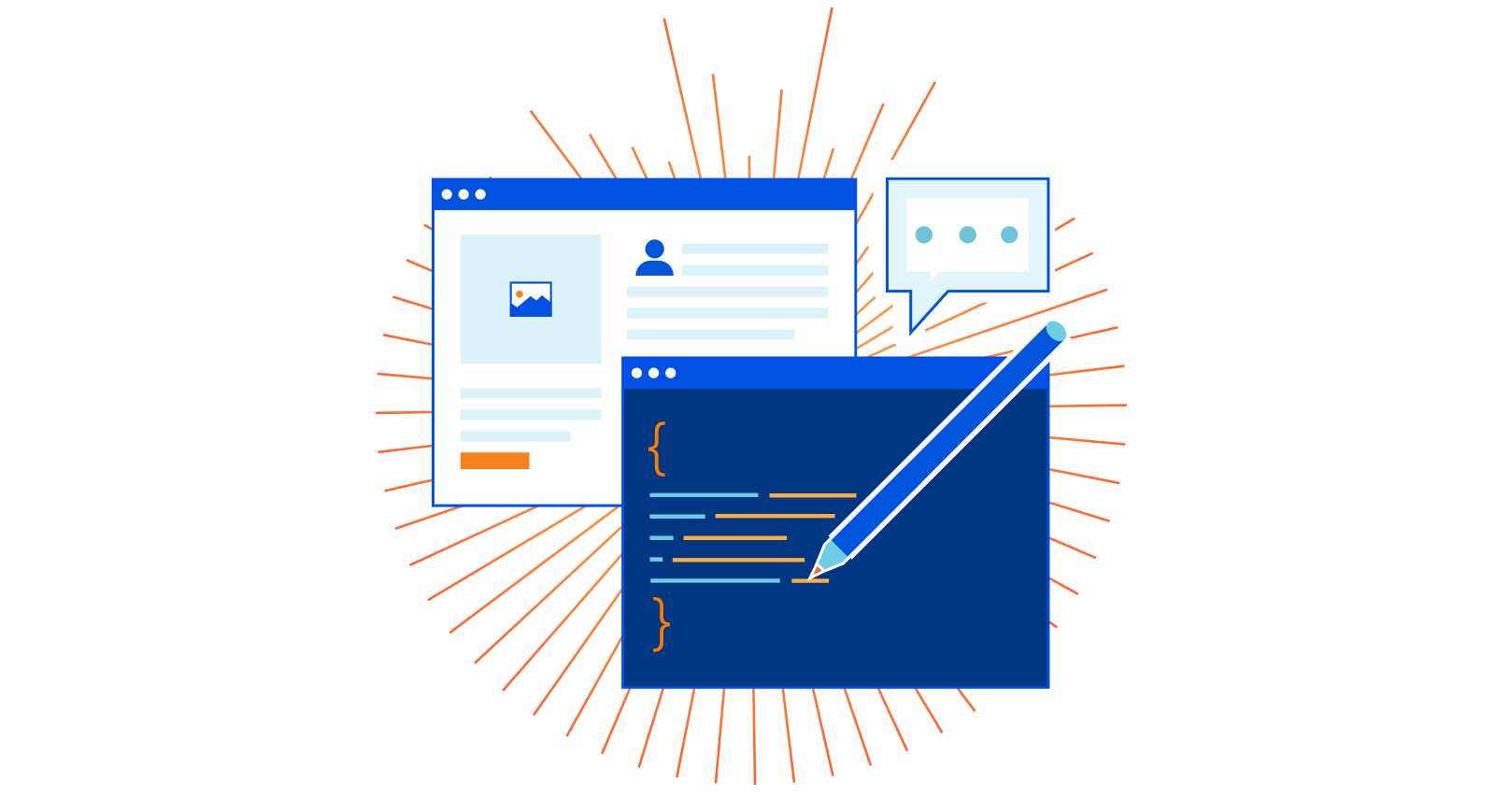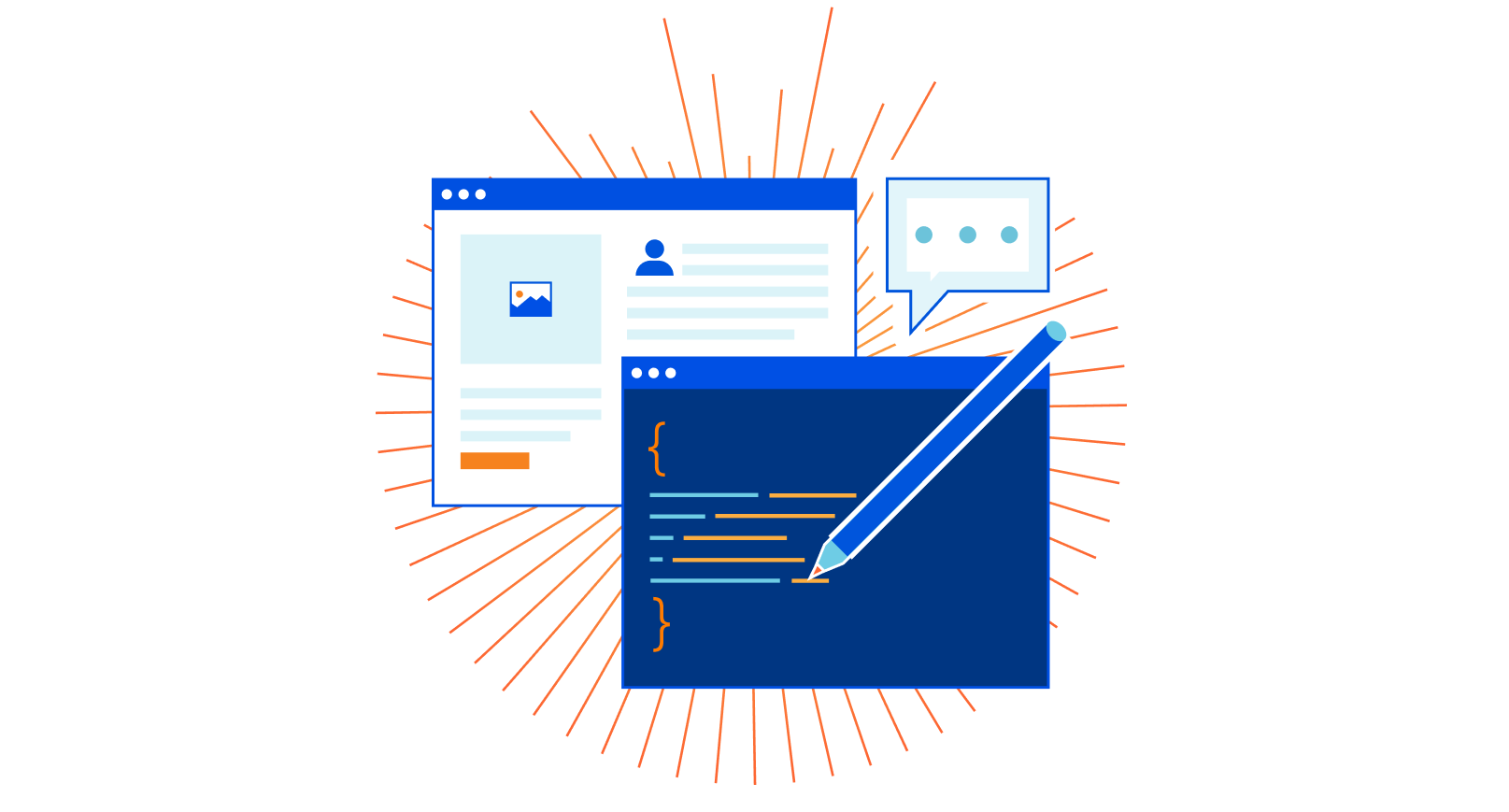Advizex: Automating Security Audits & Remediation with Gluware: LiveStream June 28, 2022 (2/7) – Video
Advizex, a reseller and Gluware customer, discusses how it uses Gluware for security audits and remediation with its clients. This includes network and device discovery, addressing configuration drift, and managing multiple vendors using the Gluware platform. Packet Pushers host Greg Ferro is joined by Michael Burns, Network Architect at Advizex to discuss real-world use cases. […]
The post Advizex: Automating Security Audits & Remediation with Gluware: LiveStream June 28, 2022 (2/7) – Video appeared first on Packet Pushers.







